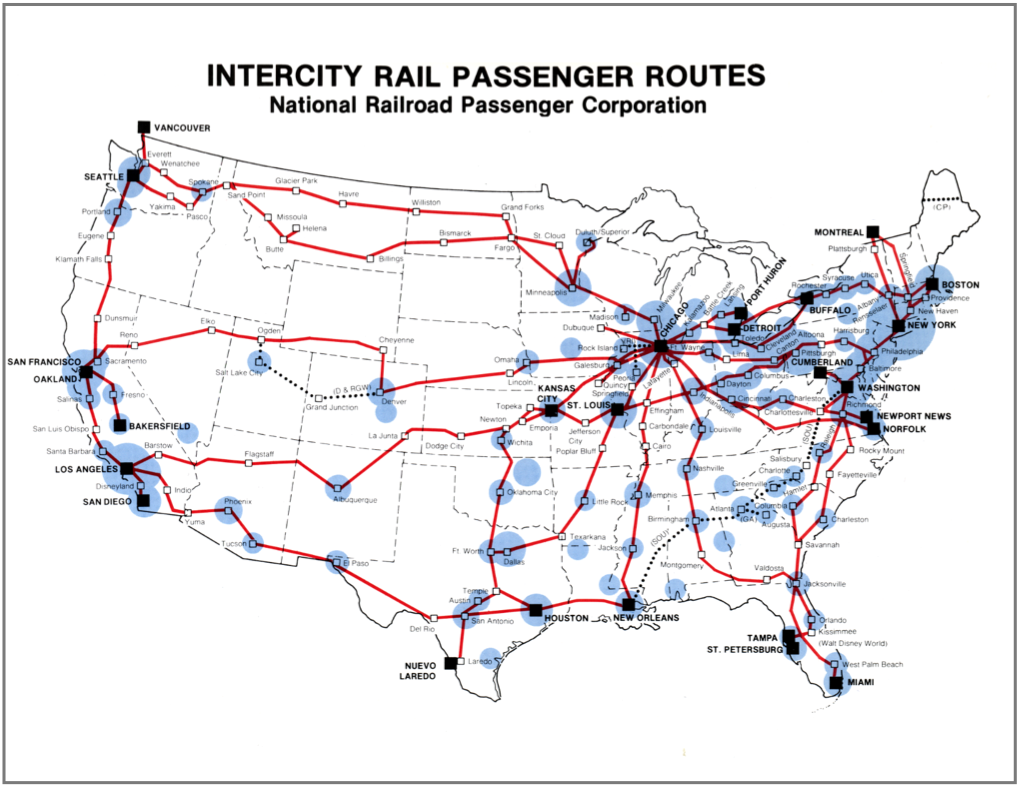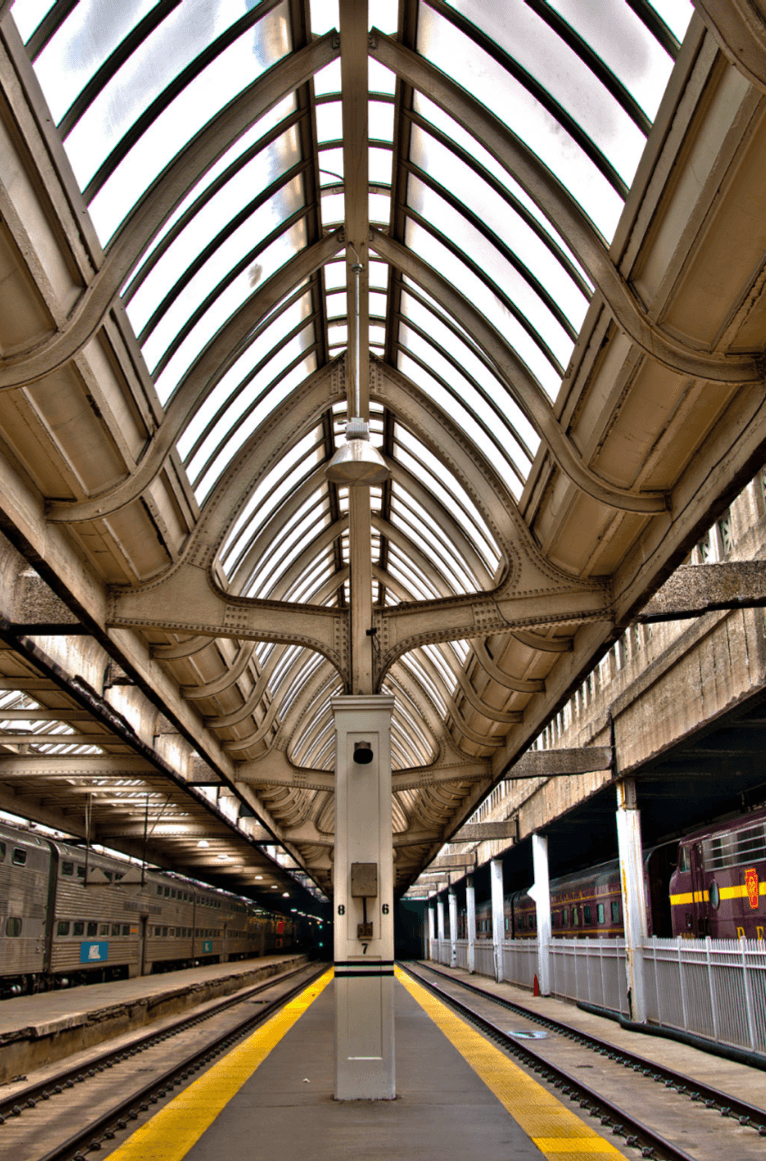Table of Contents
Download Planning for a New Northeast Corridor:

Download The Hudson Terminal Plan:

Download the Trends & Opportunities Report:

The Current State of Intercity Passenger Rail in the United States
An Overview of Amtrak
Following the collapse of many of the nation’s private intercity passenger railroads in the 1950s and 1960s, President Nixon signed into law the Rail Passenger Service Act of 1970 (the “RPSA”) and in turn created the National Railroad Passenger Corporation, which, since its inception, has done business under the name Amtrak. While originally conceived as a private, for-profit entity, Amtrak has always been a pseudo-agency of the federal government, even though the RPSA explicitly states that Amtrak “will not be an agency or establishment of the United States Government.” The federal government controls Amtrak’s board of directors, subsidizes its annual losses, and determines its operational framework. Further, in the 1995 case Lebron v. National R.R. Passenger Corp, the Supreme Court concluded that Amtrak was indeed “an agency or instrumentality of the United States for the purpose of individual rights guaranteed against the Government by the Constitution.”
Today, Amtrak’s mission and goals are found under Title 49 of the United States Code. Specifically, Amtrak’s mission statement is “to provide efficient and effective intercity passenger rail mobility consisting of high quality service that is trip- time competitive with other intercity travel options and that is consistent with [Amtrak’s goals].” Among its congressionally delineated goals, Amtrak shall seek to minimize federal subsidies by encouraging cost-sharing with other governments and private entities, implement schedules based on a systemwide average speed of at least 60 miles per hour “that can be achieved with a degree of reliability and passenger comfort,” efficiently coordinate the uses of the Northeast Corridor, and “maximize the use of its resources, including the most cost-effective use of employees, facilities, and real property.”
Amtrak’s rail network consists of more than 21,000 route miles serving more than 500 destinations in 46 states, the District of Columbia, and three Canadian provinces. Amtrak’s rolling stock includes over 2,000 passenger cars, 485 locomotives and 80 Auto Train vehicle carriers. Orders have recently been placed for 130 new long-distance, single-level cars and 70 electric locomotives.
Despite Amtrak’s vast network of intercity rail lines, Amtrak owns only a tiny fraction of the trackage underlying their routes with the remainder leased from freight railroads and local and state government agencies. In terms of track assets, out of its 21,000 route miles, Amtrak-owned and/or maintained property includes just 363 miles of the 456-mile Northeast Corridor, a 60.5-mile track segment from New Haven, CT to Springfield, MA, 104 miles of track in Pennsylvania between Philadelphia and Harrisburg, and a 96-mile segment track in Michigan and Indiana. Amtrak also leases the large majority of its stations, platforms, and support structures. Amtrak owns only 63 station structures, 42 platforms, and 31 parking lots. Amtrak has 17 tunnels consisting of 29.7 miles of track and 1,186 bridges consisting of 42.5 miles of track. Amtrak owns most of the maintenance and repair facilities for its fleet.


